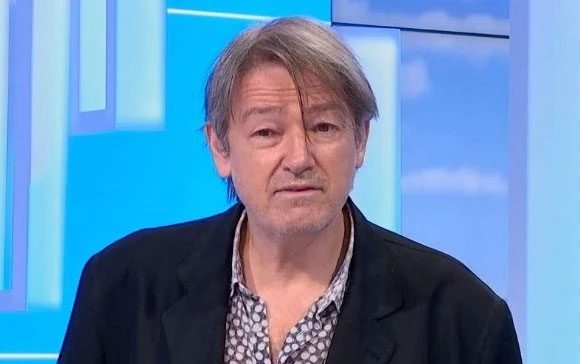Lucas was diagnosed with a brainstem glioma – a very difficult-to-treat condition, but miraculously, his tumor has completely disappeared after treatment with medication.
When Lucas (living in Belgium) was diagnosed with a rare type of brain tumor at the age of 6, everyone thought he would not survive due to the poor prognosis.
Dr. Jacques Grill, who treated Lucas, recalls with emotion that he had to tell Lucas’s parents that the boy was dying. However, the miracle is that after 7 years, when Lucas turned 13, all traces of the tumor in his brain had completely vanished.

Lucas’s brain tumor is called diffuse intrinsic pontine glioma. (Illustrative image: Shutterstock).
The Miracle
According to researchers who treated Lucas, he is the first child in the world to be cured of brainstem glioma – a type of very dangerous cancer. Dr. Grill stated that Lucas had overcome all difficulties to survive.
According to AFP, the full name of Lucas’s brain tumor is diffuse intrinsic pontine glioma (DIPG). Annually, about 300 children in the U.S. and around 100 children in France are diagnosed with this tumor.
Thanks to advancements in medicine, about 85% of children can survive after being diagnosed with cancer. However, the survival rate for children with DIPG remains very low, and most do not survive more than a year after diagnosis.
Radiation therapy can sometimes slow the metastasis of the tumor, but currently, no medication is strong enough to completely cure the disease. Lucas is a rare case where the drug trial was successful and he was fortunate to recover.
When diagnosed with DIPG, Lucas’s family took him to France to participate in the BIOMEDE trial. This program tests treatment therapies, including drug trials, for children and adolescents with brain tumors.

Dr. Jacques Grill was involved in Lucas’s treatment. (Image: France 3TV).
From the start, Lucas had a very strong reaction to a cancer treatment drug called everolimus. After continuous treatment, MRI results showed that the tumor had completely disappeared.
In addition to Lucas, 7 other children with DIPG were also given treatment drugs and lived for several more years, but only Lucas’s tumor disappeared.
The reason is that Lucas responded to the medication, while the other children did not. Doctors speculate that this may also depend on the “biological characteristics” of each tumor.
“Lucas’s tumor had a very rare mutation, and we believe this mutation makes the cells much more sensitive to the medication,” Dr. Jacques Grill noted.
Dr. Jacques Grill added that he had never seen a case like Lucas’s. But even though the tumor disappeared, he still did not dare to stop the treatment regimen.
Lucas recovered thanks to cancer treatment drugs, but researchers still have not found the answer to why the boy was able to fully recover like this. The scientific community is also studying this case closely, hoping to find a similar treatment regimen for other patients.
Hopes of Finding Answers to the Incurable Disease
After Lucas fully recovered, researchers continued to investigate the abnormalities in the tumors of patients with DIPG. Simultaneously, they are working on creating “organoid” tumors, which are cell clusters generated in the laboratory.
Researcher Marie-Anne Debily, who participated in creating the organoid, told AFP: “Lucas’s case truly brings hope to the research community.”
Currently, Ms. Debily and her colleagues will attempt to recreate in vitro the mutations they found in Lucas’s cancer cells. The goal of the research team is to replicate these mutations to see if the tumor can be effectively eradicated as in Lucas’s case.
If the replication process is successful, the next step for the research team is to find a medication that is effective against the cells in the tumor.
However, the journey to find a treatment for DIPG is still very long. The research team predicts it will take an average of 10-15 years to find a feasible treatment method.


















































